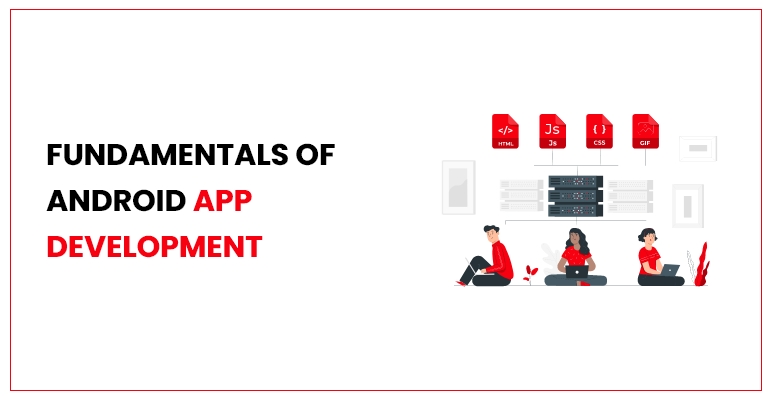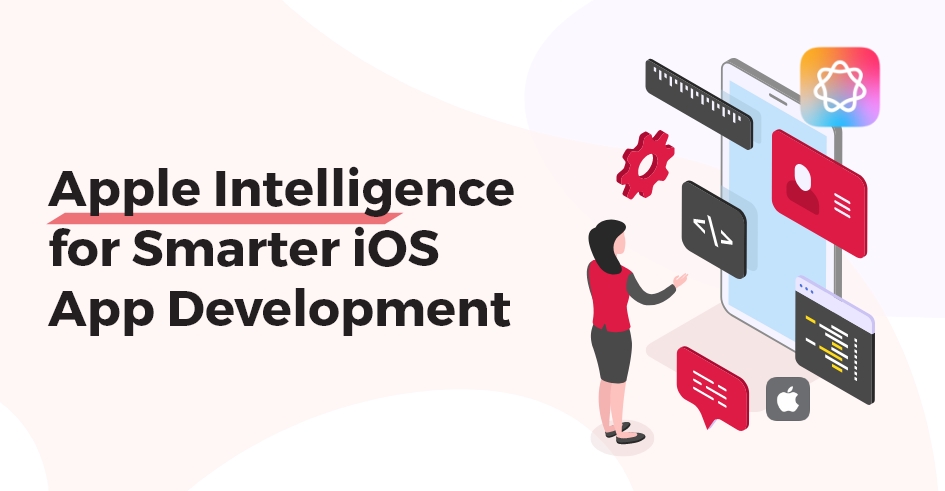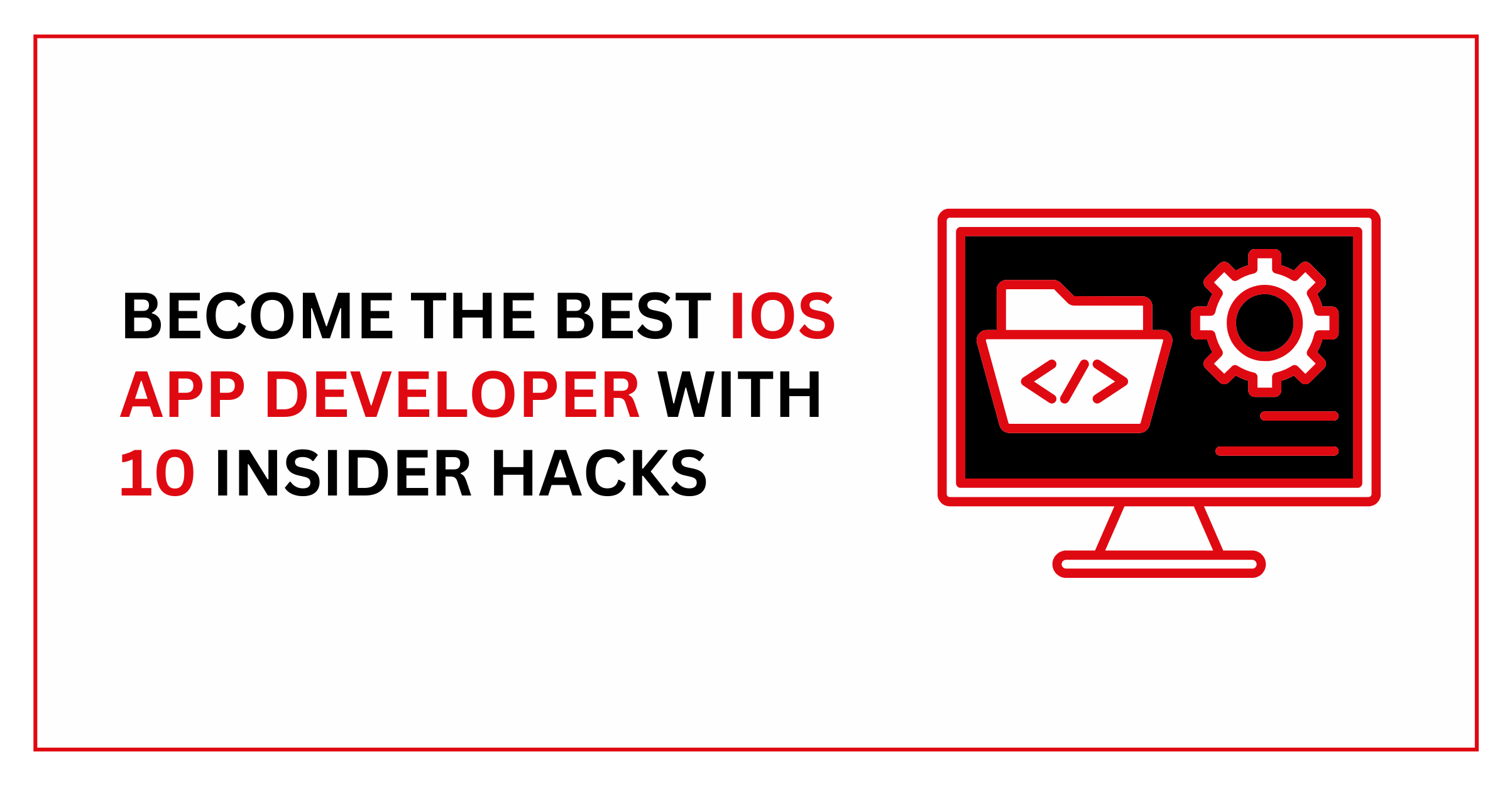FUNDAMENTALS OF ANDROID APP DEVELOPMENT
September 12, 2022
Samantha Jones
In this time and age, where the demand for apps continues to grow, app development promises major growth prospects, thereby encouraging more and more people to engage with software development and learn it. Developing android apps offers businesses massive room for growth because android is the most commonly used operating system. As a matter of course, more and more people are particularly interested in developing programs for android. However, the process of programming and developing a software for android is not a piece of cake for everyone. If you do not have the required skills and knowledge about the fundamentals of developing an app, you won’t be able to create an application.
For all those aspiring to develop an android app, here is a list of fundamentals of android app development. The following list shall help you figure out the requirements of app development and thus, enable you to set practical and robust goals:
1. PROGRAMMING LANGUAGES:
You must be aware of the programming languages that can be used to develop a software for the android operating system. The three main languages used for android app development are:
However, recently a lot of developers have also started using KOTLIN instead of Java or C++. Developers use Java, C++, or KOTLIN for the back-end development of the system and XML for the front-end development of the system. Basically, though Java, C++, or KOTLIN, developers work on the server side of the software that is responsible for the development and maintenance of the app. Through XML, developers work on the appearance and interface of the app that the end users shall consume. To develop a high-quality app, it is essential to be proficient in either JAVA, C++, or KOTLIN and XML.
You need to know certain languages for app development. Similarly, you should also be aware of the tools used in the android app development process to get better outcomes. There are many tools. However, the most widely used tools are Android Studio, Fabric, Flow Up, and Xamarin. Developers may use one or more than one of the tools to find bugs, test the system, and thus enhance the performance the product.
The most commonly used tool is Android Studio. Android Studio has multiple tools, including; software development, documentation, and testing tools. It also offers pre-built components of an app, making the application development process shorter and less prone to mistakes and errors.
3. APPLICATION COMPONENTS:
Every app has several components. Each component has a vital role in the system. These components may exist independently within the app or may be dependent on other components. Here is a list of components of an app:
- Activities:
- What activities does your software allow the customers to perform? A messaging application may enable the user to send a message, receive and read, archive, search for a message or a contact, and so on. These activities are visible on the screen and are often the app’s essence. They may dictate the purpose of the programme.
- Services:
- These components run even when a customer is not directly using the application. For example, the message notification sound even when users are not using a messaging application.
- Content providers:
- For any software, you need to store, manage, and access data. A content provider is responsible for providing data to other apps while ensuring data security.
- Broadcast receivers:
- Apps may receive announcements when events occur within the system. For example, other apps may get notified when a user downloads something from one app. Though the broadcast is usually not a part of the user interface, users may receive a notification in their smartphone’s notification bar about the event that had occurred.
- Activating components:
- An intent activates three components, i.e., activities, services, and broadcast receivers. All three components are activated at the same time. Different methods are incorporated to activate each of these components.
These components are so important because they allow the app to function smoothly on all sorts of android devices, enabling customers to have a good user experience. Developers need to incorporate these components within the software and declare the existence of each component in the system. Fragments, layouts, views, resources, and manifest files enable developers to bind all the components in the system.
KEY TAKEAWAYS:
Statistics indicate that android is the most widely used operating system globally and has over 2 billion users worldwide. Naturally, developing an app on the android system means getting access to a huge and very diverse range of consumers. Accordingly, creating android apps requires a lower investment than developing apps for other operating systems and often provides a high return on investment. However, programming for the android system is a complex process. Building a well-performing application requires strong skills and robust efforts.
Developers need to incorporate the programming languages, tools, and application components mentioned earlier while developing an android app. In addition, the system development often also requires UX/UI designers to assist the developers with a good interface. Needless to say, android app development requires skills that one shall develop after rigorous and meticulous training. The market for android apps is highly competitive. Thus, the struggle doesn’t simply end at simply developing and launching the application. The development of a successful application encompasses marketing, testing, launching the final product, and monitoring its performance.





